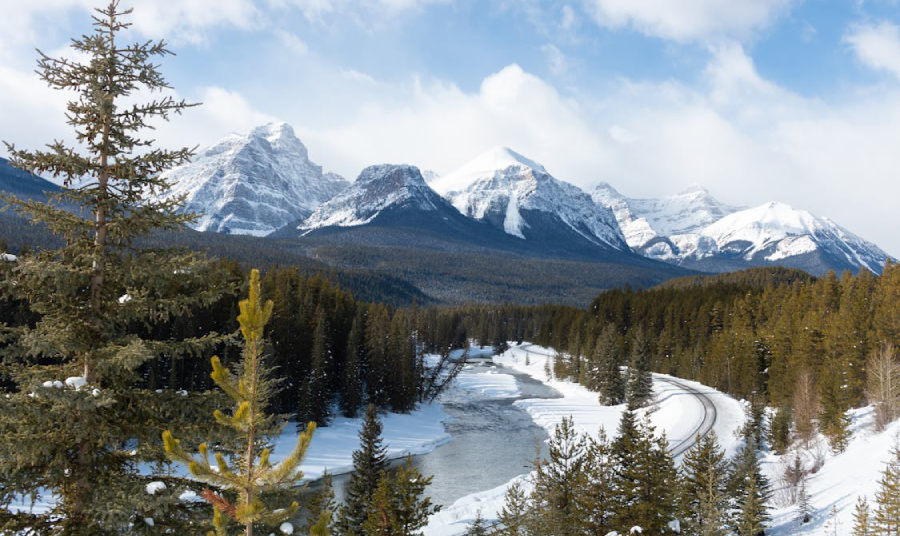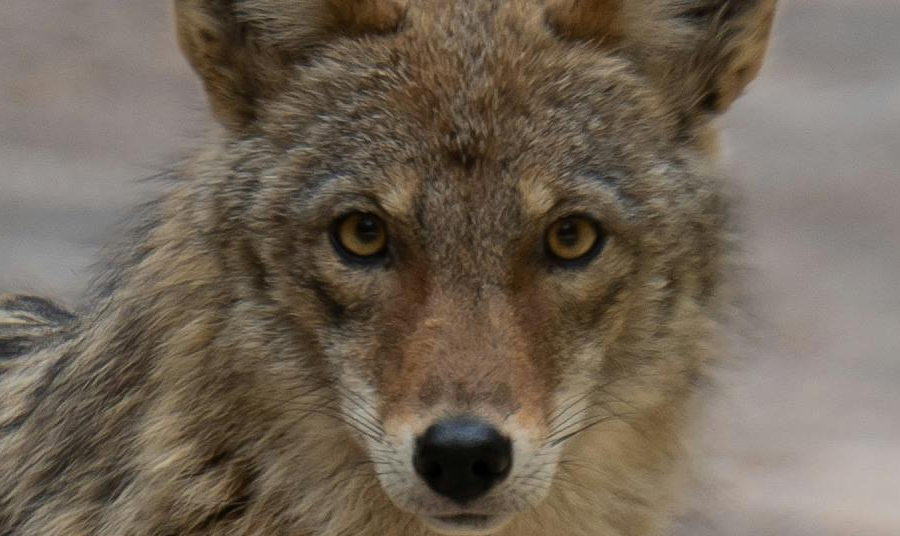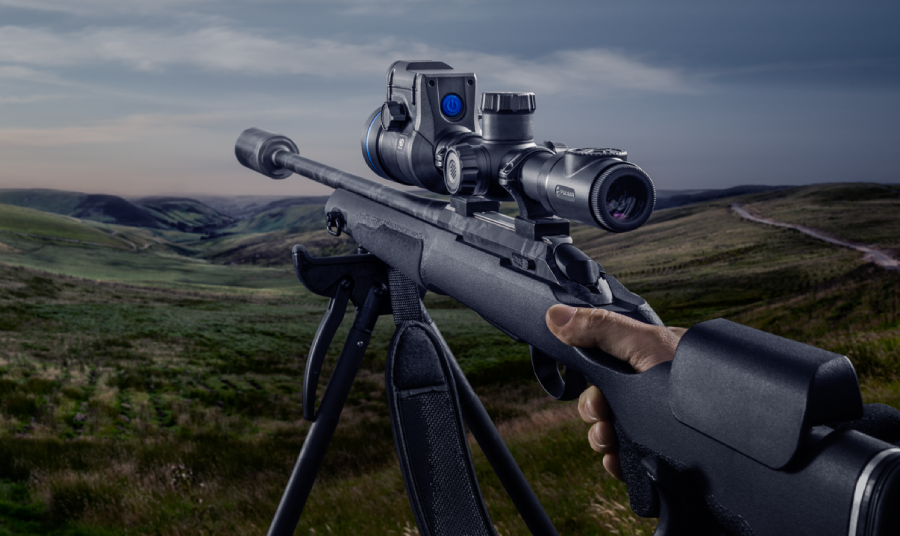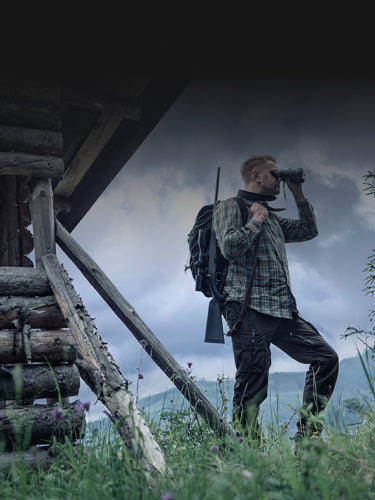-
 2025-04-17
2025-04-17How to Set Up Your Coyote Stand
Coyotes are among the most cunning predators in North America, making them a thrilling challenge for hunters. Success often hinges on how well you set up your stand and the... -
 2024-12-30
2024-12-30How to Transport Thermal Optics into Canada
Hunting in the great white north offers an unparalleled experience, with vast wilderness, abundant wildlife, and unique challenges that make it a dream destination for any outdoorsman. However, transporting thermal... -
 2024-12-05
2024-12-05How to Stay Hidden: Camouflage and Scent Contro...
Coyotes are among the most cunning predators a hunter can pursue. Their sharp eyesight, acute sense of smell, and heightened hearing make them an extremely challenging quarry. To successfully hunt... -
 2024-11-13
2024-11-13Why You Need a Thermal Optic
Imagine standing on the edge of a field as the sun dips below the horizon. Shadows stretch across the landscape, and the world grows quiet. You know there’s something out... -
 2024-11-05
2024-11-05How Thermal Imaging is Transforming Law Enforce...
As law enforcement agencies adapt to evolving threats and technological advancements, thermal imaging has come to be seen as a pivotal tool in helping officers detect and locate suspects, monitor... -
 2024-10-31
2024-10-31The Coyote and its Pelt
The allure of coyote fur stretches back centuries, beginning with North America's storied fur trade. In the early days, coyote pelts were valued for their warmth and durability, but it... -
 2024-10-22
2024-10-22Managing Battery Issues with Pulsar Devices
At Pulsar, we understand that your thermal and night vision devices are essential to your nocturnal adventures, whether you’re scanning fields for dangerous predators or on a late-night patrol for... -
 2024-10-17
2024-10-17Pulsar’s New Compact Powerful Axion XG30 Monocular
Pulsar is proud to introduce its latest compact thermal imaging monocular with the launch of the Axion XG30. This latest addition to Pulsar’s renowned compact monocular series packs powerful features... -
 2024-10-02
2024-10-02Merger LRF XT50: Unrivalled Excellence in Therm...
As hunting season reaches its peak, Pulsar is proud to introduce the Merger LRF XT50, a new addition to our premium HD thermal imaging binoculars line. Equipped with a 1280x1024... -
 2024-09-09
2024-09-09How to Calibrate Your Pulsar Thermal Optic
When you first start using your thermal optic, you might be surprised when it occasionally freezes up on you. This isn’t a malfunction—it’s just your unit calibrating itself. Thermal devices... -
 2024-08-28
2024-08-28How to Return a Defective Pulsar Device
We understand that you made a significant investment in purchasing your Pulsar device, and experiencing a malfunction can be frustrating and disappointing. Here at Pulsar, we are committed to providing... -
 2024-08-15
2024-08-15Zeroing the Thermion 2 Riflescope
Regardless of whether you use older models such as the Thermion 2 XQ35 or newer models like the Duo DXP55 or the Thermion 2 LRF XL50, all Thermion 2 thermal... -
 2024-08-09
2024-08-09Best Thermal Monocular For Coyote Hunting
When it comes to coyote hunting, having the right gear can make all the difference between a successful outing and going home empty-handed. The Pulsar Axion 2 LRF XG35 is... -
 2024-07-23
2024-07-23What is Thermal Imaging?
Thermal imaging is a technology that allows us to see heat signatures in any light condition. It's commonly used in cameras but can also be found in devices like riflescopes... -
 2024-07-18
2024-07-18How Thermal Pierces Through Fog and Inclement W...
Thermal riflescopes, monoculars, and binoculars have become essentials tool for hunters, law enforcement, and military personnel due to their ability to see through fog, smoke, and other adverse weather conditions....
Item added to your cart


















